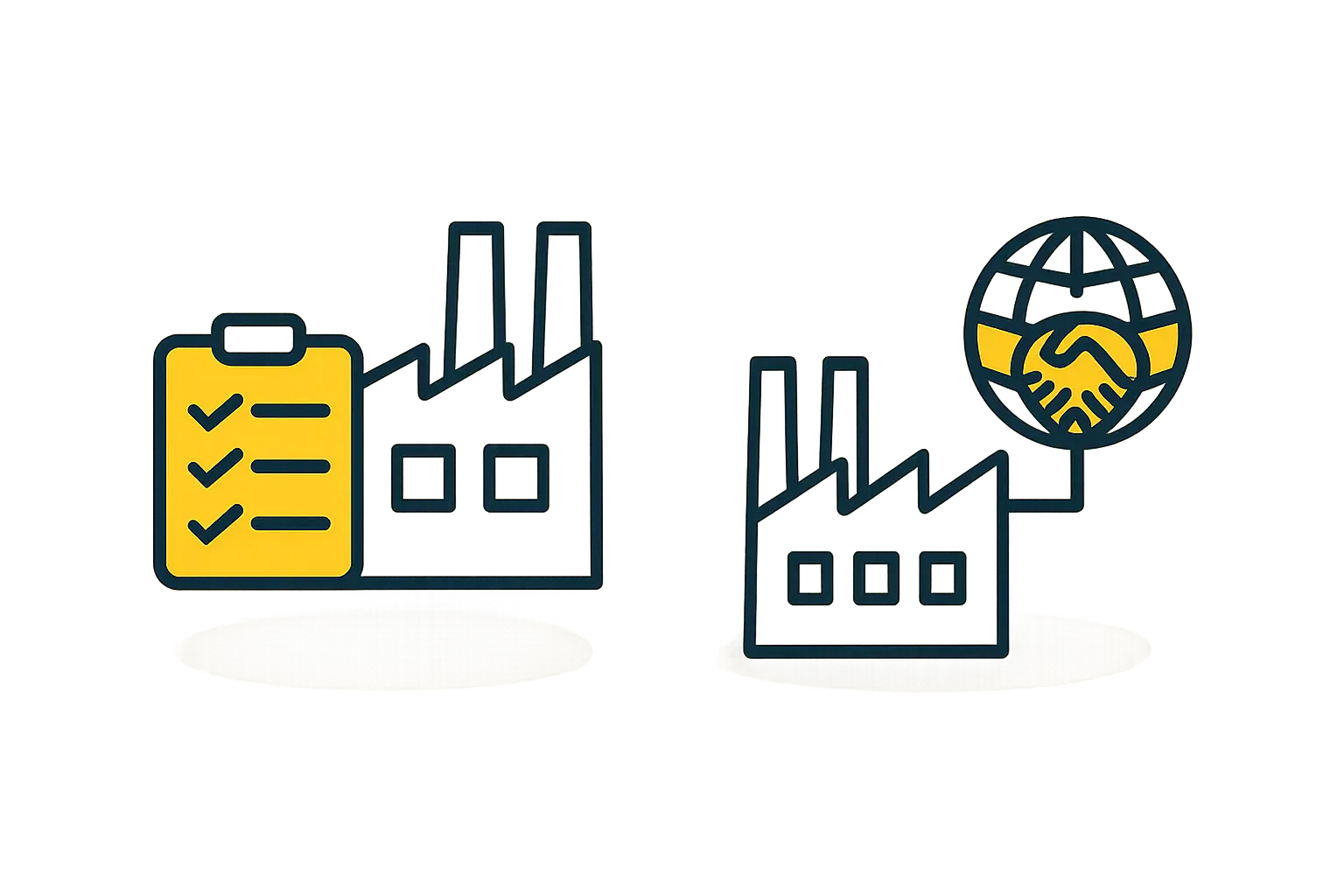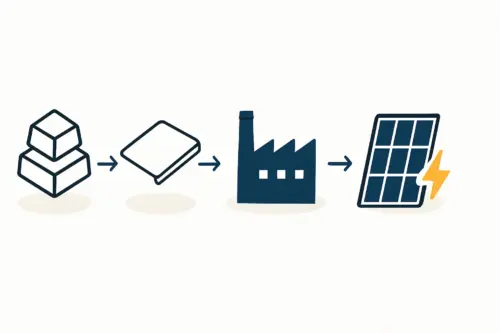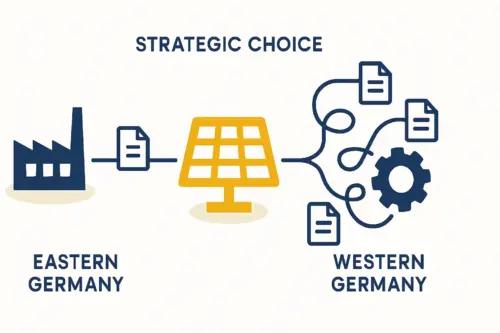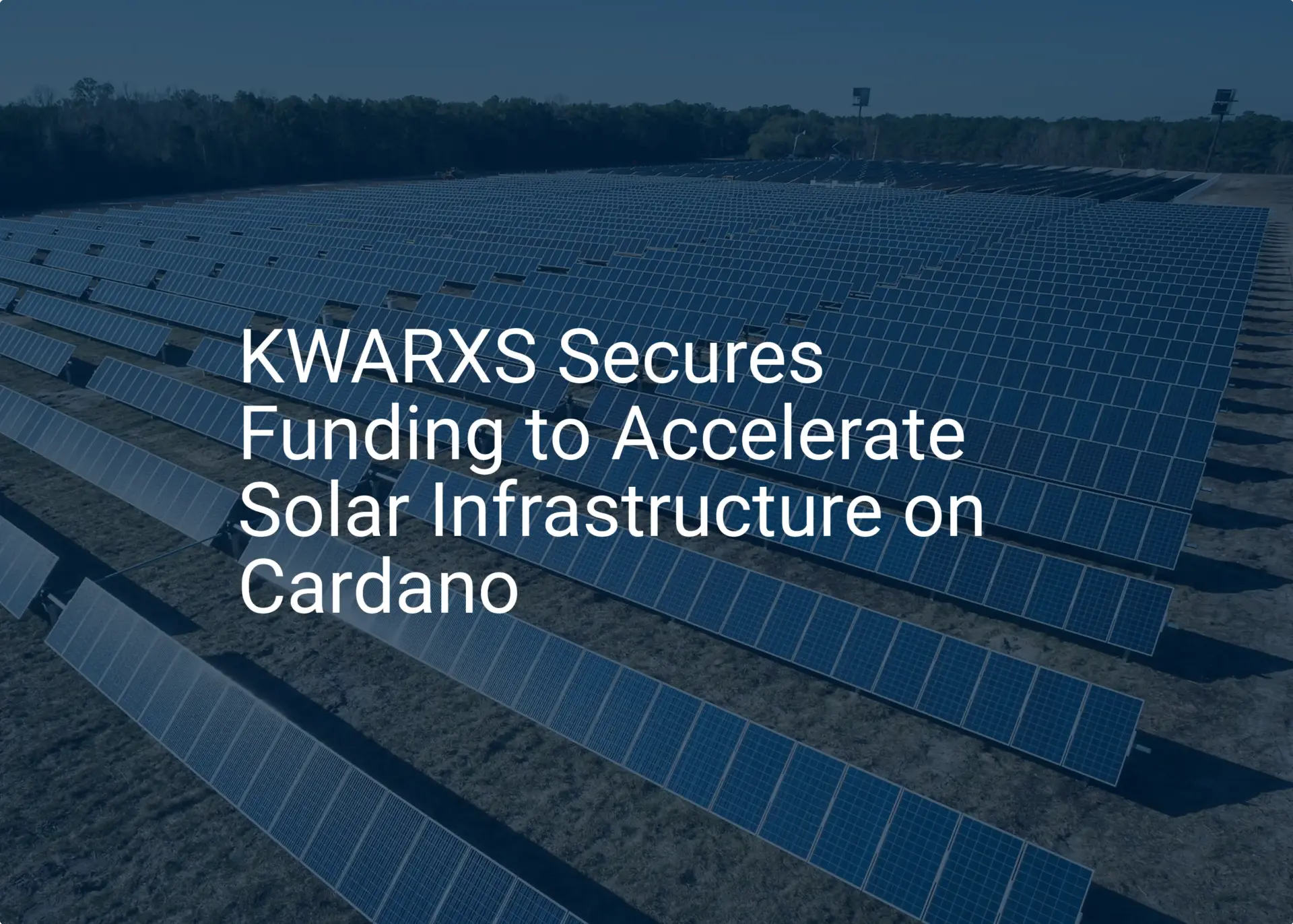An entrepreneur in a growing economy watches the global shift, as nations like the United States and India invest billions to build local solar manufacturing capacity through programs like the Inflation Reduction Act (IRA) and the Production Linked Incentive (PLI) scheme. He recognizes the immense opportunity not just for clean energy, but for industrial development, job creation, and technological independence in his own country. Yet, a critical question remains: how can such a capital-intensive venture be financed?
This question is a starting point for many professionals entering the photovoltaic sector. While the ambition is clear, navigating the complex world of international finance and government support can be daunting. This article offers an overview of two significant German-backed financial mechanisms: loans from the KfW Development Bank for international projects and federal subsidies for green technology. Understanding the logic and requirements of these programs offers valuable insights to any entrepreneur planning to establish a solar module factory.
The Global Landscape of Solar Manufacturing Incentives
Governments worldwide are actively encouraging domestic solar production to enhance energy security and capture the economic benefits of the green transition. This trend has spurred a variety of incentive models. For instance, the U.S. IRA primarily offers production-based tax credits, rewarding manufacturers for each solar module they produce. In contrast, India’s PLI scheme provides financial rewards to companies as they achieve pre-defined targets in domestic manufacturing capacity and sales.
These programs highlight two primary approaches to government support:
- Production-Based Incentives: Payments are tied to the volume of output. This model encourages efficiency and scale once a factory is operational.
- Investment-Based Incentives: Support is provided upfront in the form of grants, tax breaks, or subsidized loans to help with the initial capital expenditure of building the factory.
Understanding which type of incentive is available or being considered in your target region is a crucial step in financial planning.

Tapping into German Financial Support: An Overview
Germany has long been a global leader in engineering and renewable energy technology, and its financial institutions and government bodies play a significant role in funding green projects both domestically and internationally. For entrepreneurs outside of Europe, two primary avenues of German-backed support are particularly relevant:
- KfW Development Bank: Offers favorable, long-term loans for sustainable projects in developing and emerging economies.
- Federal Green Tech Subsidies: While primarily aimed at establishing manufacturing within Germany, the principles and strict evaluation criteria of these programs serve as a global benchmark for what constitutes a high-quality, fundable project.
Understanding KfW Development Bank Loans for International Projects
The KfW (Kreditanstalt für Wiederaufbau) is a German state-owned investment and development bank. Through its KfW Development Bank division, it finances projects across the globe that contribute to sustainable economic and social progress.
What is the KfW Development Bank?
Operating on behalf of the German Federal Government, the KfW Development Bank supports developing countries in creating essential infrastructure, improving financial systems, and protecting the environment. Its financing is not purely commercial; it is driven by a mandate to create lasting developmental impact. For a solar manufacturing project, this means the bank evaluates not only the financial return but also the project’s contribution to climate protection, local employment, and technological advancement.

Ready to make big Profits?
The solar Industry is Booming
WE HELP NEWCOMERS to the solar industry start their own solar module production line. Customers can make BIG PROFITS by selling modules and finding investors, without wasting money and time on things they don't need!
Key Eligibility Criteria for a KfW Loan
Securing a loan from a development finance institution like KfW requires more than a promising idea. The application process is rigorous and demands comprehensive preparation. Successful applications typically demonstrate strength in the following areas:
- Project Viability and Bankability: The foundation of any application is a robust business plan. This document must detail financial projections, market analysis, and a clear operational strategy.
- Developmental Impact: The project must align with the sustainable development goals of the host country. This means demonstrating positive environmental effects, creating skilled jobs, and fostering social progress.
- Technical and Commercial Feasibility: A thorough feasibility study is required to prove the technology is sound, the supply chain is secure, and a viable market exists for the manufactured solar modules.
- Partnership with German Expertise: While not always mandatory, a partnership with an established German company often strengthens an application. Such a partner can provide proven technology, engineering expertise, and credibility, assuring the bank of the project’s technical execution. Sourcing a complete turnkey production line from an experienced German engineering firm can significantly de-risk the project in the eyes of financiers.

Federal Green Tech Subsidies: A Model for Onshoring
In parallel with its international development efforts, Germany has launched ambitious federal initiatives to ‘re-shore’ or strengthen the manufacturing of green technologies within Europe. These programs aim to reduce supply chain dependencies, particularly for critical components like solar cells and modules, and to foster European technological sovereignty.
While these subsidies are geographically focused, the logic behind them is universally applicable. Governments and investors want to back projects that are not just viable today but are also positioned for future success.
What Do These Subsidies Typically Target?
The competition for these funds is intense, and applicants are judged on their ability to advance the industry. Key areas of focus often include:
- Technological Innovation: Support is frequently directed towards factories that plan to produce next-generation, high-efficiency solar cells or implement innovative, sustainable production processes.
- Supply Chain Resilience: Projects that reduce reliance on imported solar manufacturing equipment or raw materials from a single region are viewed favorably.
- Creation of High-Skilled Jobs: A central goal is to build a knowledgeable workforce capable of sustaining a competitive, high-tech industry.
For an entrepreneur anywhere in the world, these priorities serve as a valuable guide. Structuring a project around innovation, supply chain security, and workforce development makes it more attractive to any investor, whether public or private.
Frequently Asked Questions (FAQ)
What is the typical size of a KfW loan for a solar project?
Loan amounts vary significantly based on the project’s scale, but they are generally substantial, often covering a large portion of the capital expenditure for projects in the 20 MW to 100 MW manufacturing capacity range.
Do I absolutely need a German partner to apply for a KfW loan?
It is not a strict legal requirement, but it is highly advantageous. A reputable German technology partner adds immense credibility and reduces the perceived technical risk for the bank, improving the chances of a successful application.
How long does the application and approval process for a development loan typically take?
The process is comprehensive and can take from several months to over a year. It involves multiple stages of due diligence, including technical, financial, environmental, and social assessments.
Are these financial incentives only for module manufacturing?
The programs discussed here are primarily focused on manufacturing. KfW and other institutions also offer separate financing programs for the development of utility-scale solar farms, but the criteria and application processes differ.
Can a new company with no prior solar experience qualify for these programs?
It can be challenging but is not impossible. A new company would need to present an exceptionally strong business plan, a highly experienced management team (potentially with key hires from the industry), and a solid partnership with an established technology provider to mitigate the perceived risk.
Next Steps in Your Financial Planning
Securing the necessary capital is one of the most critical milestones in establishing a solar panel factory. As this guide illustrates, financial institutions like the KfW Development Bank look for well-structured, technically sound, and socially responsible projects.
The key takeaway is that successful financing hinges on meticulous preparation. Before approaching any investor or development bank, it is essential to have completed the following steps:
- Conduct a Detailed Feasibility Study: Validate your project’s technical and commercial viability in your specific market.
- Develop a Bankable Business Plan: Create a comprehensive document that serves as the blueprint for your venture and the core of your funding application.
- Identify Suitable Technology Partners: Engage with experienced engineering firms that can provide the reliable technology and process expertise needed to ensure project success.
By building your project on this solid foundation, you transform your vision from an ambitious idea into a credible, investable enterprise.






